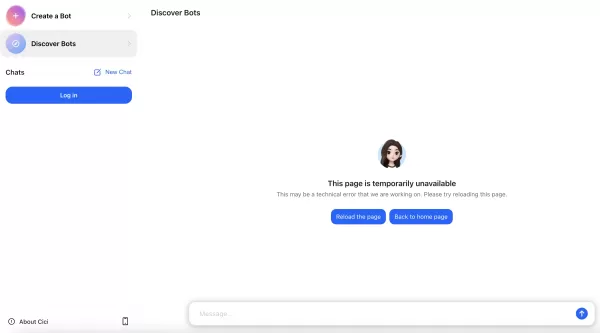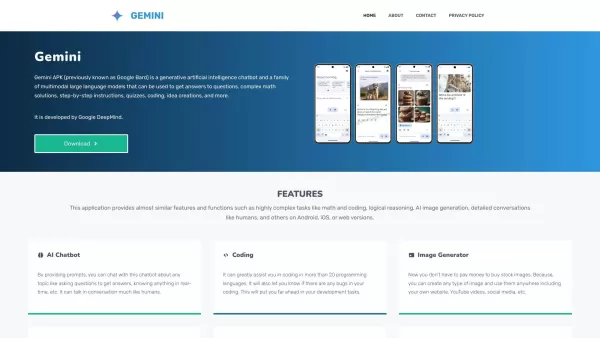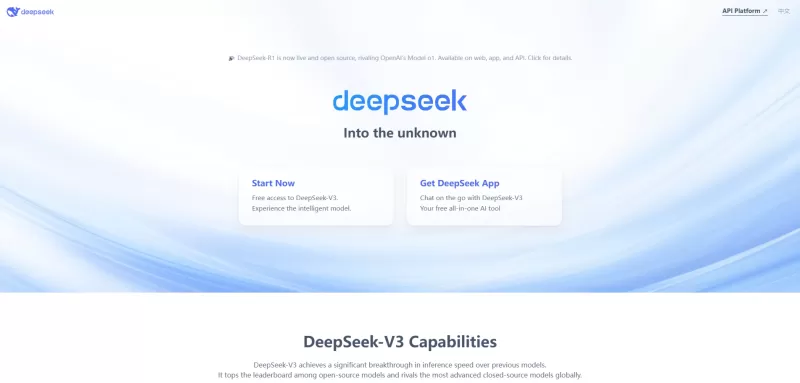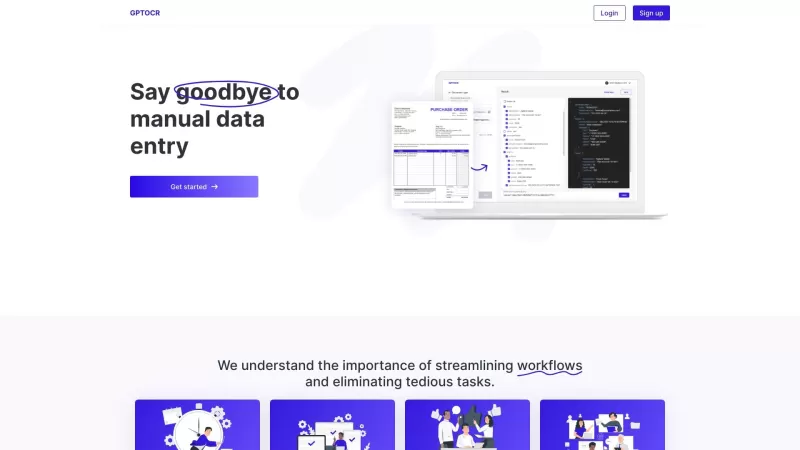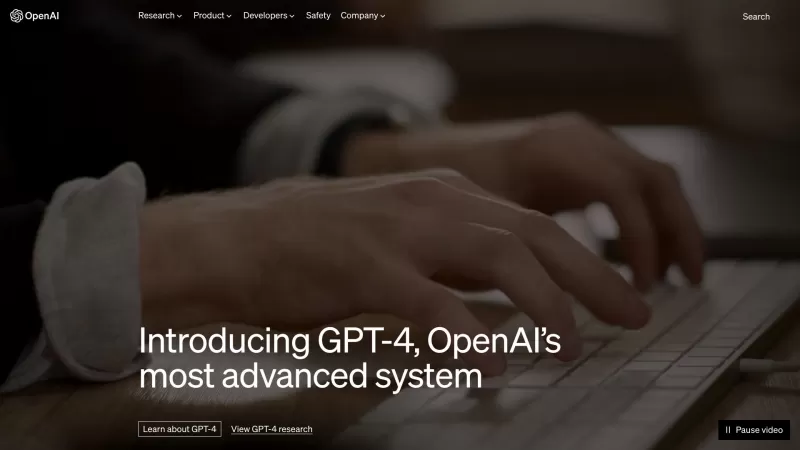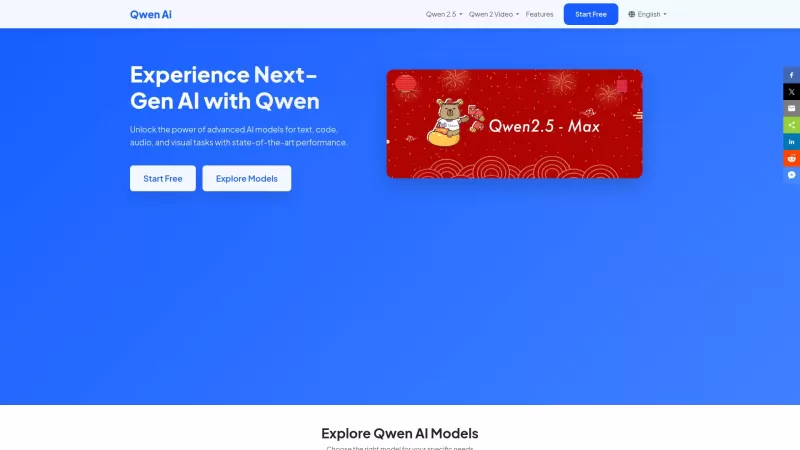AI Faces Challenges in Texas Floods: Lessons for Smarter Disaster Response
The catastrophic flooding that struck Texas in July 2025 serves as a sobering reminder of nature's destructive power and the limitations of even our most advanced technologies. These floods - among the deadliest in state history - exposed critical gaps in our disaster preparedness systems, despite widespread confidence in artificial intelligence's predictive capabilities. As climate change increases the frequency and intensity of extreme weather events, this tragedy underscores the urgent need to strengthen both technological solutions and human response systems.
The 2025 Texas Floods: A Devastating Wake-Up Call
On July 4, 2025, Central Texas experienced unprecedented flooding that would become one of the most destructive natural disasters in recent U.S. history. The region, part of the infamous "Flash Flood Alley," saw the Guadalupe River rise from under 3 feet to over 34 feet in mere hours. The sudden deluge - with some areas receiving more than 10 inches of rain in just three hours - overwhelmed parched soils unable to absorb the rainfall, creating devastating flash floods that swept away everything in their path.
A Perfect Storm of Conditions
The disaster resulted from a rare confluence of meteorological events: remnants of Tropical Storm Barry collided with other storm systems while drought-hardened ground exacerbated runoff. Entire communities like Kerrville were decimated, with tragic losses including 37 children and staff at Camp Mystic. The economic toll reached $18-22 billion, ranking among the costliest natural disasters in Texas history.
Systemic Failures in Emergency Response
Despite more than 22 flood warnings issued beforehand, critical failures occurred across multiple systems:
- Forecast models delivered inconsistent predictions
- Emergency sirens malfunctioned
- Communication networks failed
- Evacuation orders came too late
Social media became an ad-hoc emergency response platform, but unverified information often caused confusion, highlighting the need for reliable communication channels during disasters.
Why AI Prediction Systems Fell Short
Critical Data Gaps Undermined Accuracy
AI flood prediction systems faced fundamental limitations during the crisis:
- Sparse sensor networks in rural areas created blind spots
- Key infrastructure like stream gauges failed under extreme conditions
- Satellite data lacked sufficient resolution for local predictions
- Weather radar struggled with signal loss in heavy rainfall
These data deficiencies severely hampered AI systems' ability to provide accurate, localized flood forecasts when they were needed most.
Models Unprepared for Extreme Events
The unprecedented rainfall intensity - classified as a 500-year flood event - exposed critical weaknesses in AI prediction models:
- Traditional training on historical data proved inadequate
- Most models lacked physical reasoning capabilities
- Complex terrain and drought conditions challenged predictions
These limitations resulted in delayed or inaccurate warnings that failed to reflect the true danger.
Communication Breakdowns
Even when forecasts were partially accurate, systemic issues prevented effective response:
- Technical jargon and complex visualizations confused officials
- Outdated emergency alert systems caused delays
- Incompatible data formats hindered information sharing
- Local agencies lacked training on interpreting AI outputs
Key Lessons for Future Disaster Preparedness
Strengthening the Data Foundation
Critical improvements needed:
- Expanded sensor networks in high-risk areas
- Community-based reporting systems
- Integration of multiple data sources
- Higher resolution satellite monitoring
Developing More Resilient Models
Future systems must incorporate:
- Hybrid physics-AI approaches
- Training on extreme climate scenarios
- Continuous model updating
- Real-world testing under stress conditions
Improving Emergency Communication
Essential upgrades include:
- Simplified, standardized alert formats
- Integration with familiar platforms like mapping apps
- Robust backup communication systems
- Comprehensive training for emergency responders
Enhancing Coordination
Critical needs moving forward:
- Common data standards across agencies
- Real-time information sharing protocols
- Public-private partnerships
- Community engagement in disaster planning
The Path Forward
The 2025 Texas floods illustrated that technological advancement alone cannot guarantee safety. True resilience requires:
- More robust AI systems grounded in physical reality
- Redundant, reliable communication infrastructure
- Coordinated response frameworks
- Community-centered disaster planning
As climate change increases extreme weather risks, we must build systems that combine cutting-edge technology with human-centered design and local preparedness. The lessons from this tragedy can help create more resilient communities better equipped to face future disasters.
Related article
 Google Gemini Chatbot Gains Enhanced GitHub Project Analysis Capabilities
Gemini Advanced Integrates GitHub ConnectivityGoogle's premium Gemini Advanced subscribers ($20/month) can now directly link GitHub repositories to the AI assistant as of Wednesday. This integration enables users to leverage Gemini's capabilities acr
Google Gemini Chatbot Gains Enhanced GitHub Project Analysis Capabilities
Gemini Advanced Integrates GitHub ConnectivityGoogle's premium Gemini Advanced subscribers ($20/month) can now directly link GitHub repositories to the AI assistant as of Wednesday. This integration enables users to leverage Gemini's capabilities acr
 AI Transforms Gaming with Diplomacy, Meta AI, and Reinforcement Learning Advances
The gaming landscape is undergoing profound transformation through artificial intelligence, revolutionizing everything from strategic gameplay to immersive digital experiences. Rather than just competing against human players, AI is reshaping how we
AI Transforms Gaming with Diplomacy, Meta AI, and Reinforcement Learning Advances
The gaming landscape is undergoing profound transformation through artificial intelligence, revolutionizing everything from strategic gameplay to immersive digital experiences. Rather than just competing against human players, AI is reshaping how we
 Proton Unveils Privacy-Centric AI Chatbot Amid Rising Data Concerns
Proton, renowned for its secure Proton Mail service, has introduced Lumo - a groundbreaking AI assistant designed with privacy at its core. The new offering provides document summarization, code generation, email composition, and various other functi
Comments (2)
0/200
Proton Unveils Privacy-Centric AI Chatbot Amid Rising Data Concerns
Proton, renowned for its secure Proton Mail service, has introduced Lumo - a groundbreaking AI assistant designed with privacy at its core. The new offering provides document summarization, code generation, email composition, and various other functi
Comments (2)
0/200
![AvaHill]() AvaHill
AvaHill
 October 21, 2025 at 8:30:36 PM EDT
October 21, 2025 at 8:30:36 PM EDT
Vaya, los desastres naturales siempre ponen a prueba los límites de la tecnología 🤖💦 ¿Pero de verdad podemos confiar en la IA para manejar crisis tan complejas como las inundaciones de Texas? Me preocupa que la gente deposite demasiadas esperanzas en soluciones tecnológicas sin abordar los problemas sociales subyacentes. Aunque los datos sean útiles, al final necesitamos más preparación humana y menos dependencia de algoritmos.


 0
0
![RalphHill]() RalphHill
RalphHill
 September 12, 2025 at 12:30:39 AM EDT
September 12, 2025 at 12:30:39 AM EDT
Quando falamos de IA em desastres naturais, será que estamos confiando demais na tecnologia? 😬 Esse caso no Texas mostra que ainda precisamos de muito trabalho humano e bom senso - máquinas não podem substituir a experiência local e tomada de decisão rápida no caos.


 0
0
The catastrophic flooding that struck Texas in July 2025 serves as a sobering reminder of nature's destructive power and the limitations of even our most advanced technologies. These floods - among the deadliest in state history - exposed critical gaps in our disaster preparedness systems, despite widespread confidence in artificial intelligence's predictive capabilities. As climate change increases the frequency and intensity of extreme weather events, this tragedy underscores the urgent need to strengthen both technological solutions and human response systems.
The 2025 Texas Floods: A Devastating Wake-Up Call
On July 4, 2025, Central Texas experienced unprecedented flooding that would become one of the most destructive natural disasters in recent U.S. history. The region, part of the infamous "Flash Flood Alley," saw the Guadalupe River rise from under 3 feet to over 34 feet in mere hours. The sudden deluge - with some areas receiving more than 10 inches of rain in just three hours - overwhelmed parched soils unable to absorb the rainfall, creating devastating flash floods that swept away everything in their path.
A Perfect Storm of Conditions
The disaster resulted from a rare confluence of meteorological events: remnants of Tropical Storm Barry collided with other storm systems while drought-hardened ground exacerbated runoff. Entire communities like Kerrville were decimated, with tragic losses including 37 children and staff at Camp Mystic. The economic toll reached $18-22 billion, ranking among the costliest natural disasters in Texas history.
Systemic Failures in Emergency Response
Despite more than 22 flood warnings issued beforehand, critical failures occurred across multiple systems:
- Forecast models delivered inconsistent predictions
- Emergency sirens malfunctioned
- Communication networks failed
- Evacuation orders came too late
Social media became an ad-hoc emergency response platform, but unverified information often caused confusion, highlighting the need for reliable communication channels during disasters.
Why AI Prediction Systems Fell Short
Critical Data Gaps Undermined Accuracy
AI flood prediction systems faced fundamental limitations during the crisis:
- Sparse sensor networks in rural areas created blind spots
- Key infrastructure like stream gauges failed under extreme conditions
- Satellite data lacked sufficient resolution for local predictions
- Weather radar struggled with signal loss in heavy rainfall
These data deficiencies severely hampered AI systems' ability to provide accurate, localized flood forecasts when they were needed most.
Models Unprepared for Extreme Events
The unprecedented rainfall intensity - classified as a 500-year flood event - exposed critical weaknesses in AI prediction models:
- Traditional training on historical data proved inadequate
- Most models lacked physical reasoning capabilities
- Complex terrain and drought conditions challenged predictions
These limitations resulted in delayed or inaccurate warnings that failed to reflect the true danger.
Communication Breakdowns
Even when forecasts were partially accurate, systemic issues prevented effective response:
- Technical jargon and complex visualizations confused officials
- Outdated emergency alert systems caused delays
- Incompatible data formats hindered information sharing
- Local agencies lacked training on interpreting AI outputs
Key Lessons for Future Disaster Preparedness
Strengthening the Data Foundation
Critical improvements needed:
- Expanded sensor networks in high-risk areas
- Community-based reporting systems
- Integration of multiple data sources
- Higher resolution satellite monitoring
Developing More Resilient Models
Future systems must incorporate:
- Hybrid physics-AI approaches
- Training on extreme climate scenarios
- Continuous model updating
- Real-world testing under stress conditions
Improving Emergency Communication
Essential upgrades include:
- Simplified, standardized alert formats
- Integration with familiar platforms like mapping apps
- Robust backup communication systems
- Comprehensive training for emergency responders
Enhancing Coordination
Critical needs moving forward:
- Common data standards across agencies
- Real-time information sharing protocols
- Public-private partnerships
- Community engagement in disaster planning
The Path Forward
The 2025 Texas floods illustrated that technological advancement alone cannot guarantee safety. True resilience requires:
- More robust AI systems grounded in physical reality
- Redundant, reliable communication infrastructure
- Coordinated response frameworks
- Community-centered disaster planning
As climate change increases extreme weather risks, we must build systems that combine cutting-edge technology with human-centered design and local preparedness. The lessons from this tragedy can help create more resilient communities better equipped to face future disasters.
 Google Gemini Chatbot Gains Enhanced GitHub Project Analysis Capabilities
Gemini Advanced Integrates GitHub ConnectivityGoogle's premium Gemini Advanced subscribers ($20/month) can now directly link GitHub repositories to the AI assistant as of Wednesday. This integration enables users to leverage Gemini's capabilities acr
Google Gemini Chatbot Gains Enhanced GitHub Project Analysis Capabilities
Gemini Advanced Integrates GitHub ConnectivityGoogle's premium Gemini Advanced subscribers ($20/month) can now directly link GitHub repositories to the AI assistant as of Wednesday. This integration enables users to leverage Gemini's capabilities acr
 AI Transforms Gaming with Diplomacy, Meta AI, and Reinforcement Learning Advances
The gaming landscape is undergoing profound transformation through artificial intelligence, revolutionizing everything from strategic gameplay to immersive digital experiences. Rather than just competing against human players, AI is reshaping how we
AI Transforms Gaming with Diplomacy, Meta AI, and Reinforcement Learning Advances
The gaming landscape is undergoing profound transformation through artificial intelligence, revolutionizing everything from strategic gameplay to immersive digital experiences. Rather than just competing against human players, AI is reshaping how we
 Proton Unveils Privacy-Centric AI Chatbot Amid Rising Data Concerns
Proton, renowned for its secure Proton Mail service, has introduced Lumo - a groundbreaking AI assistant designed with privacy at its core. The new offering provides document summarization, code generation, email composition, and various other functi
Proton Unveils Privacy-Centric AI Chatbot Amid Rising Data Concerns
Proton, renowned for its secure Proton Mail service, has introduced Lumo - a groundbreaking AI assistant designed with privacy at its core. The new offering provides document summarization, code generation, email composition, and various other functi
 October 21, 2025 at 8:30:36 PM EDT
October 21, 2025 at 8:30:36 PM EDT
Vaya, los desastres naturales siempre ponen a prueba los límites de la tecnología 🤖💦 ¿Pero de verdad podemos confiar en la IA para manejar crisis tan complejas como las inundaciones de Texas? Me preocupa que la gente deposite demasiadas esperanzas en soluciones tecnológicas sin abordar los problemas sociales subyacentes. Aunque los datos sean útiles, al final necesitamos más preparación humana y menos dependencia de algoritmos.


 0
0
 September 12, 2025 at 12:30:39 AM EDT
September 12, 2025 at 12:30:39 AM EDT
Quando falamos de IA em desastres naturais, será que estamos confiando demais na tecnologia? 😬 Esse caso no Texas mostra que ainda precisamos de muito trabalho humano e bom senso - máquinas não podem substituir a experiência local e tomada de decisão rápida no caos.


 0
0

